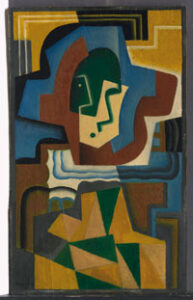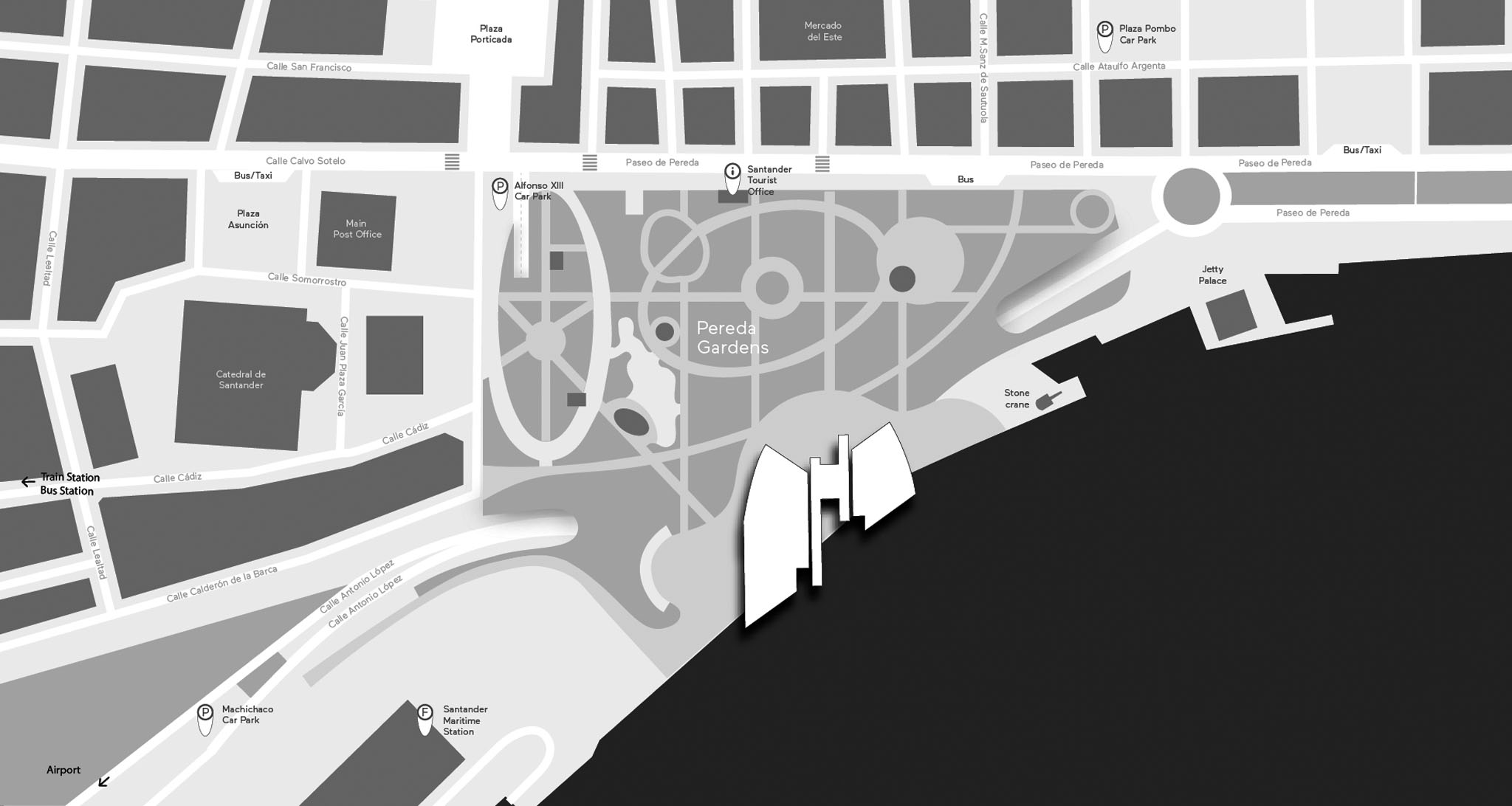Juan Gris Harlequin

Juan Gris. Arlequín, 1918.
Oil on board. 60.6 x 37.5 cm
‘Here is the man who has meditated on everything modern, here is the painter who paints to conceive only new structures, whose aim is to draw or paint nothing but materially pure forms’. This is how the poet Apollinaire began his text on Juan Gris in The Cubist Painters, a book written in 1913 which ended up becoming a veritable ‘dictionary’ of the group of artists who aspired to change the prevailing figurative forms for other more abstract ones, more in line with the times. They are the images of modernity required by a world plunged into major changes which Apollinaire himself had celebrated in Alcools: ‘Here even automobiles look old’.
This is the gaze that was barely emerging in Paris when Juan Gris arrived in 1906 yet would go on to survey the artist’s career, whose extraordinary power was perhaps only understood long after his death. Upon his arrival to the capital of France from Madrid—where he had earned a living as a magazine illustrator—he was welcomed by Daniel Vázquez Díaz, and even though he continued to do the same type of work to survive, he soon got into touch with Picasso and Braque, who were beginning to ‘think cubist’ around that time. ‘Thinking cubist’ is nothing more or less than revising the concept of space in the West; breaking the window to eliminate classical perspective, as in this work; using coloured surfaces like collage to create other relations with visuality. Nonetheless, after that cubist passion that he cultivated until his death in 1927—compared to Picasso, who soon moved onto other formulas—Juan Gris, a rigorous, prolific theoretician willing to lose his identity by changing names, also drew from the Spanish and French masters—Zurbarán and Chardin—as revealed in his still lifes and the numerous figurative elements he never abandoned.
The theme chosen for this painting, the harlequin, which is recurring in his oeuvre and beloved by his generation, is yet a further sign of modernity. The figures from the Commedia dell’Arte resemble Picasso’s acrobats and Degas’ trapeze artists, those that somehow reveal the traditional world fallen to pieces. It is the fresh gaze that looks at other places with other eyes.
Estrella de Diego, professor at the Complutense University of Madrid and expert on Juan Gris.

